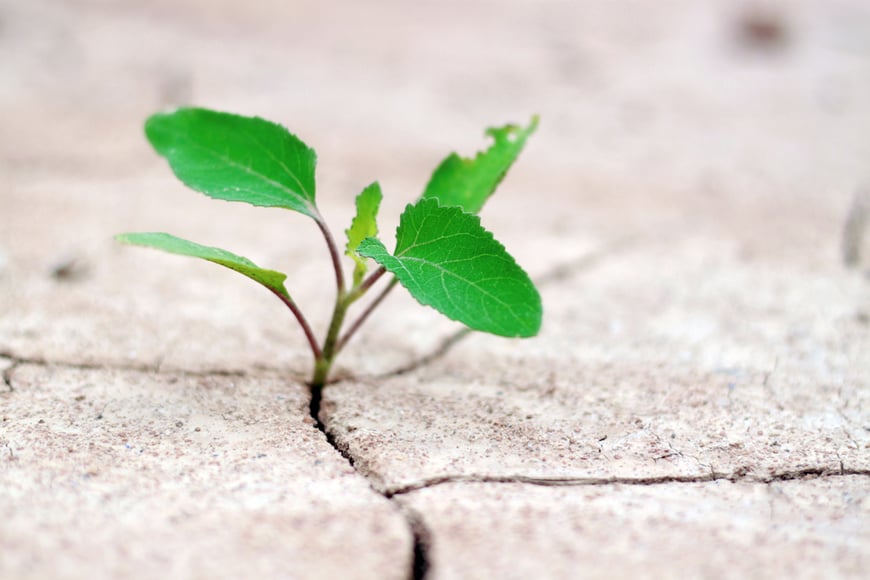
In modern life, we may regard pleasant smells—like fresh baked cookies or blossoming flowers—as lovely but superfluous. It is a luxury completely separate from the important work of seeing, hearing, and touching. But what's really going on when we inhale deeply and it brings a smile to your face? The true role of smell may surprise you.
Smell, just like sight or sound, is a way to get information about the world around you and use that information to make decisions about health, survival, and procreation. Smell, our oldest and most primal sense, taps directly into the deepest part of our brain so the reason smelling warm cookies is so pleasant is because your nose is alerting you to the fact that precious calories and nutrition are nearby. Flowers indicate the presence of fruit. Every smell we inhale, whether we realize it or not, is influencing our thoughts and behaviors to keep us happy, healthy, and most importantly—alive. Smell is literally one of our survival skills.
Cultures that live more closely in tune with nature may be even more attuned to smell because their survival is more dependent on it. Take the Yankunytjatjara Aboriginal people for example: in their dry, arid, unforgiving territory, their noses are so well attuned to the coming rainy season, they literally begin to "see the color green" a few weeks before the monsoons come and replenish the land.
Diana Young, an anthropologist who studied the Yankunytjatjara Aboriginal people calls this visual and olfactory link “cultural synesthesia.” Cultural synesthesia means that you can experience one of your senses through another, and it’s not exclusive to scent and sight—it can extend to other senses. In the case of Australia’s Yankunytjatjara Aboriginal people, it’s likely that they formed cultural synesthesia over time as they associated rain and its smell with new growth, and the color green, in nature. Young writes: “After the first raindrops hit the ground after a long dry spell, the smell of land is a smell of the new green growth to come.”
While the majority of us who live a more modern lifestyle won’t experience cultural synesthesia when it rains, you probably are familiar with how a summer rain after a period of drought smells. Anthropologists believe that this familiarity is actually a primal instinct that we’ve kept throughout evolution because we associate rain with the positive things (water, plant growth, etc.) that help our species survive. The fragrance—officially called petrichor—has been described as warm, pleasant, and earthy. Petrichor is created from the combination of water, dry earth, lightning, bacteria, plants, and clean air, and it’s liked so much that several perfume companies even sell fragrances that try to mimic the smell.
.png?width=618&height=603&name=ovr_circle_w%20(1).png)



